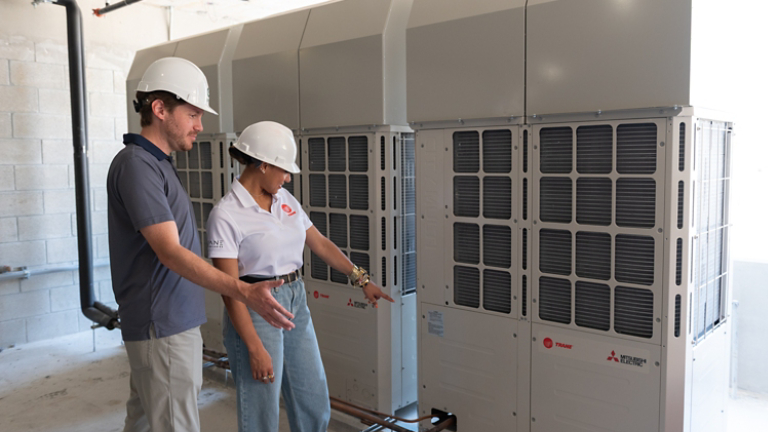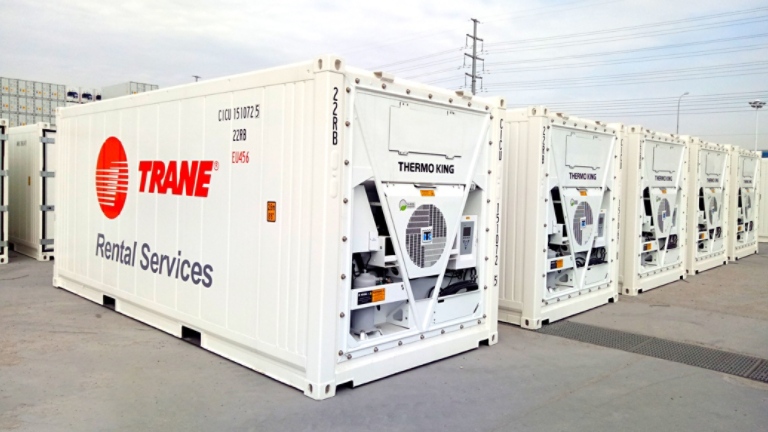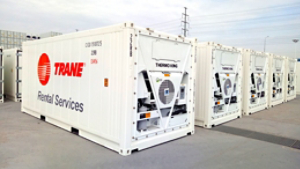Trane does not provide tax, legal, or accounting advice. This material is for informational purposes only and it should not be relied on for tax, legal, or accounting advice. Tax law is subject to continual change. All decisions are your responsibility, and you should consult your own tax, legal, and accounting advisors. Trane disclaims any responsibility for actions taken on the material presented.
- Services
- Products & Systems
- Training & Support
- Industries
- About
-
-
-
Latin America
- Argentina Spanish
- Mexico Spanish
- Brazil Portuguese
- Aruba English
- Bahamas English
- Belize English
- Bermuda English
- Bolivia Spanish
- Bonaire English
- Chile Spanish
- Colombia Spanish
- Costa Rica Spanish
- Dominican Republic Spanish
- Ecuador Spanish
- El Salvador Spanish
- Grenada English
- Guadeloupe English
- Guatemala Spanish
- Guyana English
- Haiti English
- Jamaica English
- Martinique English
- Netherland Antilles English
- Nicaragua Spanish
- Panama Spanish
- Paraguay Spanish
- Peru Spanish
- Puerto Rico Spanish
- Saint Lucia English
- St. Vincent & Grenadines English
- Suriname English
- Trinidad & Tobago English
- Venezuela Spanish
-
-
Europe
- Armenia English
- Austria German
- Azerbaijan English
- Belgium French Dutch English
- Croatia Croatian
- Czech Republic Czech
- Denmark English
- Estonia English
- Finland English
- France French
- Georgia English
- Germany German
- Greece Greek
- Hungary Hungarian
- Israel English Hebrew
- Ireland English
- Italy Italian
- Kazakhstan English
- Kyrgyzstan Russian
- Latvia English
- Lithuania English
- Luxembourg French German
- The Netherlands Dutch
- Norway English
- Poland Polish
- Portugal Portuguese
- Romania Romanian
- Serbia English
- Slovakia Czech
- Slovenia English
- Spain Spanish
- Sweden Swedish
- Switzerland French German Italian
- Turkey Turkish
- Ukraine English
- United Kingdom English
- Tajikistan Russian
- Turkmenistan Russian
- Uzbekistan Russian
-
-
Asia Pacific
- China Simplified Chinese English
- Korea, Republic of (South Korea) Korean English
- Vietnam Vietnamese English
- India English
- Australia English
- Japan Japanese
- Guam English
- Thailand Thai English
- Taiwan Traditional Chinese English
- Hong Kong SAR English
- Indonesia English
- Malaysia English
- Philippines English
- Singapore English
- New Zealand English

Industry Hot Topics at the ASHRAE 2024 Winter Conference
Discover which experts from Trane will be presenting and what topics they will cover at the upcoming ASHRAE Winter Conference and AHR Expo





































































































